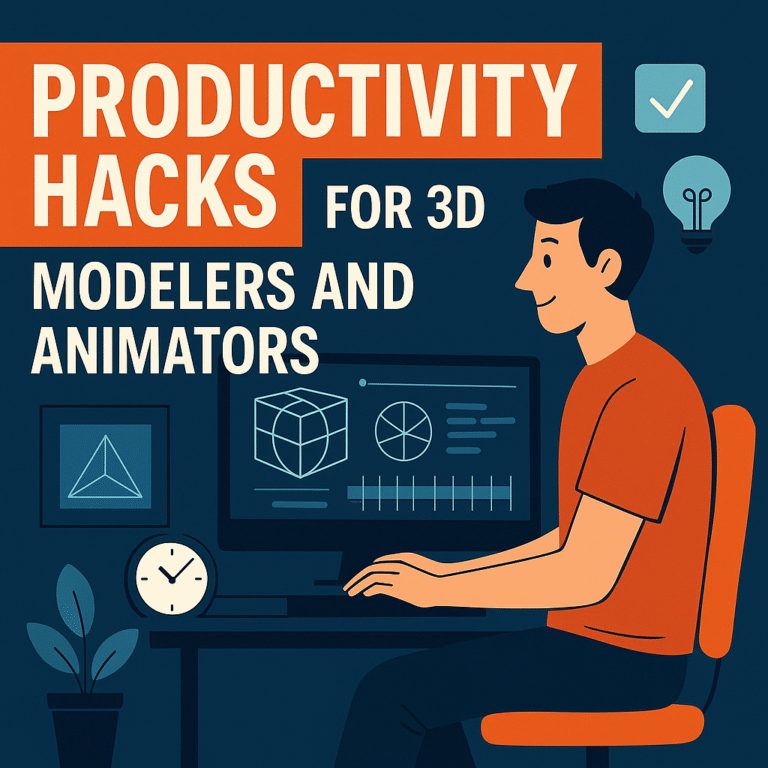Introduction
Green and red flag study habits are the fastest way to see what to keep, what to fix, and how to study with less stress. Green flags are the actions that improve focus, memory, and grades. Red flags are warning signs that waste time or kill results. In this guide you will learn simple checks and swaps you can use this week, backed by research on what really helps learning, like active recall and spaced practice. (SAGE Journals)
Explore more study strategies if you want a deeper dive after this quick start.
Quick Snapshot: Green vs Red
Green flags to keep
- Planned weekly sessions with clear goals.
- Active recall using self quizzes or flashcards.
- Spaced repetition across several days.
- Focus sprints with short breaks.
- Clean notes with questions and summaries.
- Enough sleep and movement.
- End of week reflection.
Red flags to fix
- Last minute cramming.
- Passive rereading and highlighting without testing.
- Multitasking with social apps and many tabs.
- All nighters.
- Messy notes and files.
- No goals, no timers.
- Perfectionism or procrastination.
For a broader set of learning tools and mindset tips, check the Skill Building hub.
Green Flag Habits You Want To Keep
Time blocking and weekly planning:
Pick your study blocks for the week, then assign one outcome to each block. Planning reduces decision fatigue and helps you start fast.
Clear goals for every session:
Write a one line outcome like “finish 10 practice questions” or “summarize chapter 3.”
Active recall with self quizzes:
Test yourself instead of rereading. Short quizzes improve long term memory more than extra study time. Try flashcards or write questions before you read, then answer from memory. For evidence on the testing effect, see Roediger and Karpicke’s work. (psychnet.wustl.edu)
Spaced repetition across the week:
Review in small chunks over several days rather than in one long session. Spacing boosts retention and is one of the highest value techniques across many subjects. A large meta review shows strong effects for distributed practice. (PubMed)
Focus sprints with short breaks:
Work in 25 to 40 minute sprints. Put your phone away and close extra tabs. Take a 5 minute break to reset.
Effective notes using questions and summaries:
Turn headings into questions, then answer them in your own words. End each page with a two line summary. This keeps notes active and easier to review later. A broad review of effective learning techniques rates practice testing and elaboration highly. (SAGE Journals)
Sleep, hydration, and movement:
Memory consolidates during sleep. Aim for a steady sleep schedule and light movement between sessions. Reviews link sleep with better learning and recall. (PMC, Oxford Academic)
Red Flag Habits To Fix Fast
Last minute cramming:
Why it hurts: quick gains fade fast and add stress.
Quick fix: switch to a five day review plan with short daily quizzes. Spacing beats massed study on long term tests. (PubMed)
Rereading without testing yourself:
Why it hurts: feels productive but builds weak memory.
Quick fix: convert headings to questions, then self test. The testing effect outperforms extra study time. (psychnet.wustl.edu)
Multitasking with social apps or many tabs:
Why it hurts: splits attention and slows learning.
Quick fix: one device rule, one window, timer on. Save messages for break time.
All nighters:
Why it hurts: blocks memory consolidation and hurts focus the next day.
Quick fix: set a hard stop time and do a quick morning review instead. Sleep supports both encoding and consolidation. (PMC)
Messy notes and files:
Why it hurts: wastes time and hides gaps.
Quick fix: one notebook, clear headings, and a two line summary per page.
No goals or timers:
Why it hurts: sessions drift and tasks feel too big.
Quick fix: define one outcome per block and run a 25 minute sprint.
Perfectionism and procrastination:
Why it hurts: you delay starting and never see progress.
Quick fix: use a 10 minute starter task to get moving, then ride the momentum.
Outbound sources mentioned above:
- Dunlosky et al., review of study techniques. (SAGE Journals)
- Roediger and Karpicke on the testing effect. (psychnet.wustl.edu)
- Cepeda et al., meta analysis on distributed practice. (PubMed)
- Stickgold and colleagues on sleep and memory. (PMC, Oxford Academic)
Turning Red To Green: Simple Swaps
Small changes turn red flags into green wins. Use these quick swaps to improve green and red flag study habits without adding extra hours.
Swap cramming for a five day plan
- Day 1 learn, Days 2 to 5 review for 10 to 20 minutes each.
- Use short self quizzes instead of rereading. See a clear intro to spaced practice and retrieval practice.
Swap passive rereading for quiz cards
- Turn headings into questions.
- Answer from memory before checking your notes.
Swap multitasking for focus sprints
- One window, one task, 25 to 40 minutes on, 5 minutes off.
- A simple timer like Pomofocus keeps you honest.
Swap all nighters for a stop time
- Set a nightly cut off and do a fast review the next morning.
- Sleep protects memory. Learn more from the CDC on sleep.
Swap messy notes for one clean system
- One notebook or one folder per subject.
- Use clear headings, questions, and a two line summary on each page.
Swap no goals for one clear outcome
- Start each session with one sentence: “By the end I can solve X.”
Swap perfectionism for a 10 minute starter
- Begin with a tiny task like opening the book and writing one question. Momentum does the rest.
One Week Study Routine Template
This sample plan keeps green and red flag study habits in balance. Adjust times to fit your life.
Monday
- Plan the week. List subjects, tests, and due dates.
- Create quiz cards from today’s topic.
Tuesday
- Focus sprint on subject A.
- Ten minute spaced review from Monday’s cards.
Wednesday
- Focus sprint on subject B.
- Self quiz with older cards. Mark weak spots.
Thursday
- Spaced review for subject A with practice questions.
- Short walk or stretch to reset.
Friday
- Spaced review for subject B.
- Teach back: explain the topic out loud in your own words.
Saturday
- Light recap. Clean notes and files.
- Update cards with new questions.
Sunday
- Rest or do a 20 minute preview of next week.
For more ideas, browse the Learning Strategies for Students hub and the broader Skill Building archive to expand your toolkit.
Tools You Can Use
Pick simple tools that make the right actions easy. You do not need many apps to support green and red flag study habits.
Flashcards for retrieval practice
- Try Anki for spaced cards or a plain paper stack.
- Keep cards short. One fact or question per card.
Timers for focus sprints
- A phone timer works. If you want a web tool, use Pomofocus.
- Set 25 to 40 minutes on and 5 minutes off. Adjust as needed.
Site blockers for attention
- Use a blocker during sprints so tabs do not take over. Start with the built in focus tools on your device.
Notes and planning
- Any notes app or a single notebook is fine.
- End each page with a two line summary and one next step.
Science backed reading
- Review the basics of spaced practice and retrieval practice to stay on track.
Common Roadblocks and How To Handle Them
Real life gets in the way. Use these fixes to keep green and red flag study habits on track without burning out.
Busy schedule
- What it looks like: you skip sessions when the day gets full.
- Fix: run micro sessions. Do 10 minutes of active recall between classes or on the bus. Stack three to four micro sessions across the day to match one long block.
Low motivation
- What it looks like: you know what to do but you do not start.
- Fix: set one tiny starter task and a short reward. Example: write two quiz questions, then take a quick break. This builds momentum fast.
Too many distractions
- What it looks like: messages, tabs, and noise pull you away.
- Fix: one device rule, one window during a sprint, and a site blocker. Keep your phone in another room for 25 minutes.
Test anxiety
- What it looks like: strong dread before quizzes and exams.
- Fix: practice under mild pressure with a timer, then use a simple breathing drill. If anxiety stays high, read trusted guidance from the NIMH and the APA, and try this quick NHS breathing exercise.
Cramming cycle
- What it looks like: long sessions before tests and quick forgetting after.
- Fix: schedule five short reviews across the week. Use retrieval practice instead of rereading.
Messy materials
- What it looks like: scattered notes, lost files, and unclear versions.
- Fix: one folder per subject and clear headings. End each page with a two line summary and one next step.
Inconsistent routine
- What it looks like: good weeks followed by zero progress.
- Fix: anchor study to daily habits you already do. Example: review cards after lunch and at 8 pm. Use calendar reminders until it feels automatic.
For more tips, browse the Learning Strategies for Students hub and the wider Skill Building archive to strengthen your system.



